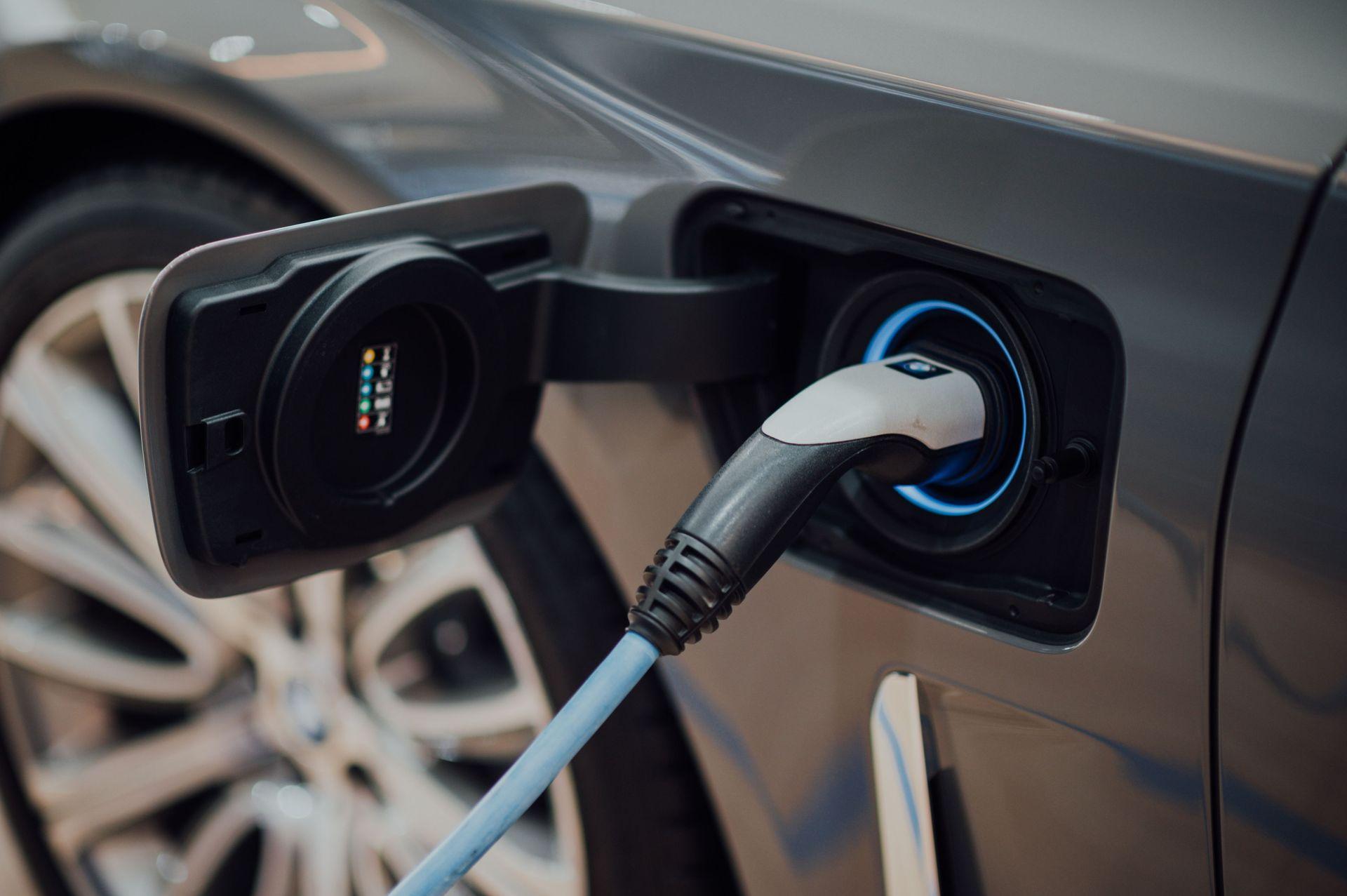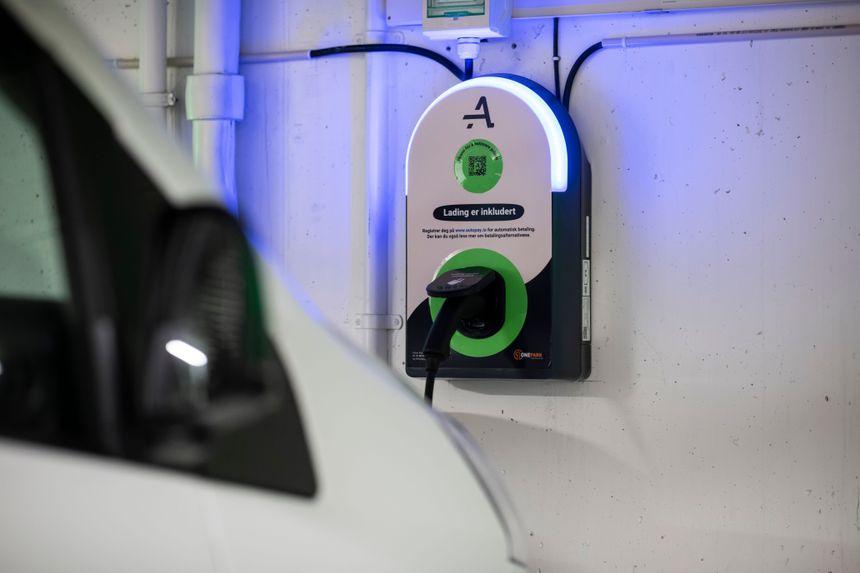
Dynamic pricing of EV-charging
What should you reflect on when considering dynamic pricing of EV-charging?
Electric vehicles (EVs) have been growing in popularity in recent years due to their environmental friendliness and increasing affordability. However, one of the main challenges associated with EV ownership is the availability of charging infrastructure. The deployment of public charging stations has been accelerating, but the issue of charging pricing remains a significant challenge for both charging station operators and EV drivers.
Dynamic pricing is an approach that has been gaining popularity in the EV charging industry as a way to address pricing challenges. In dynamic pricing, the cost of charging an EV is adjusted based on various factors, including the time of day, the location of the charging station, and the demand for charging services. By implementing dynamic pricing, charging station operators can optimize the utilization of their charging infrastructure, encourage off-peak charging, and increase revenue.
One of the most significant benefits of dynamic pricing is that it encourages off-peak charging. During peak hours, the demand for charging services is high, which can lead to congestion and long wait times at charging stations. With dynamic pricing, charging station operators can adjust prices to encourage EV owners to charge their vehicles during off-peak hours, when the demand for charging is lower. This can help reduce congestion and wait times at charging stations, making the charging process more convenient for EV owners.
Another benefit of dynamic pricing is that it can help charging station operators optimize the utilization of their charging infrastructure. By adjusting prices based on demand, charging station operators can encourage EV owners to use less congested stations or to charge their vehicles for shorter periods. This can help reduce the strain on busy charging stations and improve the overall efficiency of the charging network.
Furthermore, dynamic pricing can help charging station operators increase revenue. By charging higher prices during peak hours, charging station operators can generate more revenue from each charging session. Additionally, by encouraging off-peak charging, charging station operators can increase the overall utilization of their charging infrastructure, leading to higher revenues.
While dynamic pricing has many benefits, it also poses some challenges. One of the most significant challenges is the potential for price fluctuations. EV owners may find it difficult to predict the cost of charging their vehicles, which can lead to frustration and uncertainty. Charging station operators must ensure that prices are transparent and easily accessible to EV owners to avoid these issues.
Another challenge of dynamic pricing is the potential for unfair pricing practices. Charging station operators must ensure that prices are set fairly and are not discriminatory against certain groups of EV owners. This can be particularly challenging when charging stations are located in areas with different socio-economic backgrounds.
In conclusion, dynamic pricing is a promising approach for addressing pricing challenges in the EV charging industry. By adjusting prices based on various factors, charging station operators can optimize the utilization of their charging infrastructure, encourage off-peak charging, and increase revenue. However, to successfully implement dynamic pricing, charging station operators must ensure that prices are transparent and fair to all EV owners. With proper planning and implementation, dynamic pricing can help make the EV charging experience more convenient and efficient for EV owners, while also supporting the growth of the EV industry.
Related articles

Charging zones with integrated EV charging opening in Drammen
Norway has a large fleet of EVs, with more than 65% of all new cars sold being fully electric. Electric vehicles demand next level charging solutions. At Kinogarasjen in Drammen, EV-charging is always included in the parking price.

Future-proof parking technology for Oslo Airport Gardermoen
It’s been several years since Autopay and operating partner Onepark won the tender ahead of the competition, and replaced barriers with free flow ANPR technology.

ONEPARK and Autopay at VIA in Vika
VIA in Vika, a collaboration between Storebrand and Aspelin Ramm is a high profile development project in Oslo. With ONEPARK as the operator they have installed Autopay.
